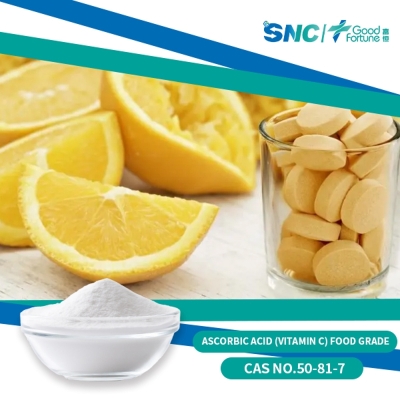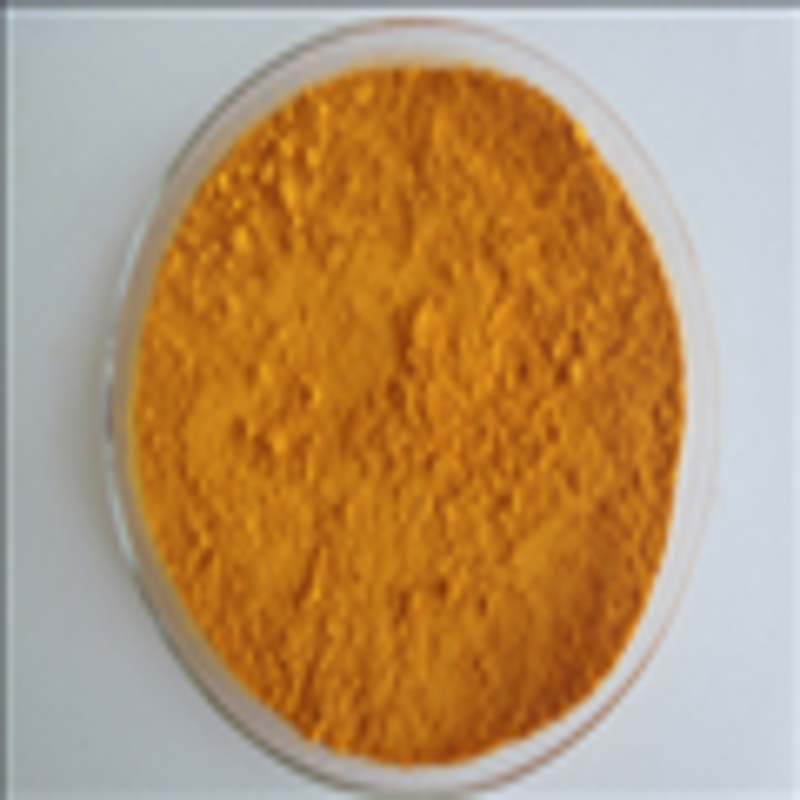-
Categories
-
Pharmaceutical Intermediates
-
Active Pharmaceutical Ingredients
-
Food Additives
- Industrial Coatings
- Agrochemicals
- Dyes and Pigments
- Surfactant
- Flavors and Fragrances
- Chemical Reagents
- Catalyst and Auxiliary
- Natural Products
- Inorganic Chemistry
-
Organic Chemistry
-
Biochemical Engineering
- Analytical Chemistry
-
Cosmetic Ingredient
- Water Treatment Chemical
-
Pharmaceutical Intermediates
Promotion
ECHEMI Mall
Wholesale
Weekly Price
Exhibition
News
-
Trade Service
Tocopherol nicotinate, also known as vitamin E nicotinate, is a popular antioxidant compound that is widely used in the cosmetic and pharmaceutical industries.
It is a derivative of vitamin E, which is a natural antioxidant that is found in many foods and is also available as a dietary supplement.
Tocopherol nicotinate is synthesized by a process known as esterification, which involves the reaction of vitamin E and nicotinic acid.
There are several synthetic routes available for the production of tocopherol nicotinate.
The most common route involves the reaction of vitamin E acetate with nicotinic acid in the presence of an acid catalyst, such as hydrochloric acid or sulfuric acid.
The reaction is typically carried out at a temperature of around 60-70°C and can be conducted in either a batch or a continuous process.
Another synthetic route involves the reaction of vitamin E alcohol with nicotinic acid in the presence of a solvent, such as ethanol or methanol.
This reaction is typically carried out at a lower temperature than the acid-catalyzed reaction and can be conducted in a single step or in a series of steps.
The choice of synthetic route depends on a number of factors, including the desired purity of the final product, the scale of production, and the cost of raw materials.
The esterification reaction can be performed in a variety of reaction vessels, including batch reactors, continuous flow reactors, and microreactors.
One of the advantages of the esterification process is that it can be easily scaled up or down, making it suitable for both small-scale and large-scale production.
Additionally, the reaction can be carried out using mild conditions, which reduces the risk of degradation or denaturation of the vitamin E molecule.
Once the tocoph







